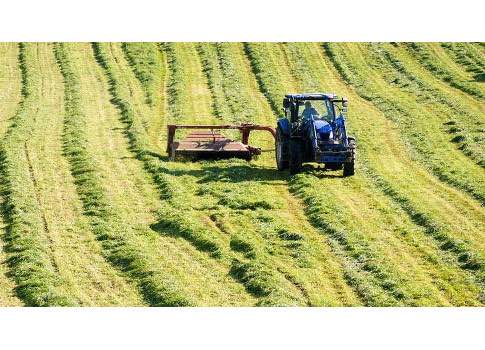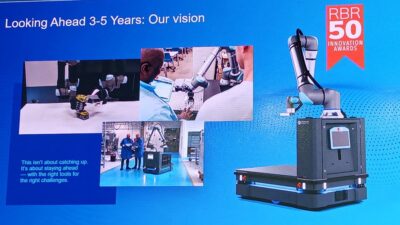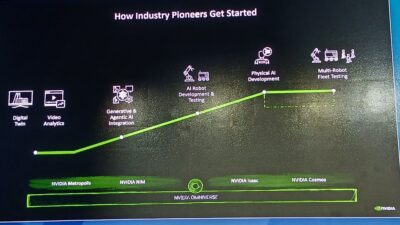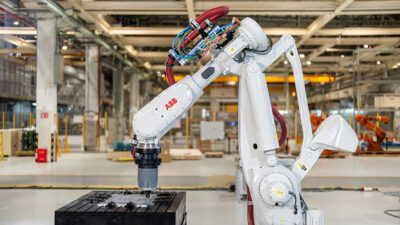The general trend worldwide in agriculture is moving toward precision agriculture and automation to meet global productivity demands. As agriculture moves closer to full automation, it remains unclear what role robots will play in the industry.

Agriculture is one of our most important industries, providing food, feed, and fuel necessary for our survival. With the global population expected to reach 9 billion by 2050, agricultural production must double to meet the demand. And because of limited arable land, productivity must increase 25% to help meet that goal.
Consider these factoids:
- Major U.S. farming conglomerates are buying foreign land and beginning to farm there, citing lower overall cost.
- China is buying land in Africa and sending skilled workers to supervise those new farms.
- Farmers and ranchers around the world are transitioning to precision agricultural methods by subdividing their acreage into many subplots—in some cases, right down to the individual plant/tree/animal—thereby enabling increased productivity and lower overall costs.
- Unmanned aerial vehicles are being used to map, observe, sense, and spray.
- Unmanned (or at least autonomous) ground vehicles are providing more precise movements and thereby enabling precision practices.
- The U.S. Bureau of Labor Statistics reports that 2012 median hourly pay for farm workers was $9.09.
- The U.S. Bureau of Labor Statistics reports that there were 749,400 agricultural workers in 2012, down 3% (25,000) from 2011.
- Seventy-four percent of crop workers in the U.S. were born in Mexico or Central America, of which more than half are likely to be undocumented (according to Fortune Magazine).
- Crop dusters have the third highest fatality rate among professions in the U.S. Ninety percent of crop spraying in Japan is done using small unmanned helicopters.
The agricultural industry is in transition, and that transition differs country by country, state by state, region by region as well as by type of farming practiced: from primitive to conventional to precision to experimental. The general trend worldwide is toward precision agriculture supplemented by advanced technologies including robotics.
Many factors are precipitating these changes in addition to global population growth and the cost and availability of labor: the diminishing availability and increasing cost of water, political and regulatory procedures and holdups; limited tillable acreage; better, cheaper, and faster technological automation products; and climate change, to name just a few.
Modern farmers and ranchers are already high-tech. Digitally controlled farm implements are regularly in use. There are partially and fully automatic devices for most aspects of agricultural functions from grafting to planting, from harvesting to sorting, and in packaging and boxing. Farmers use software systems and aerial survey maps and data to guide their field operations. These farmers also use auto-steer systems included in many new tractors (or buy kits that do the same thing) which follow GPS and software guidance. Some farmers are already transitioning some of their operations to full autonomy. Thus forward-thinking farm owners today may be able to skip over slow, incremental improvements and jump directly to robotic and autonomous automation. But are the robots ready?
Frank Tobe is the owner and publisher of The Robot Report. This article originally appeared here. Edited by Anisa Samarxhiu, digital project manager, CFE Media, [email protected]



